Spinal Injury / Surgery
Rehabilitation of a dog with spinal issues, such as a spinal injury or degenerative condition, requires careful attention, patience, and professional guidance. The specific approach will depend on the severity and type of spinal issue your dog is facing, but here are some general steps and considerations.
The first and most crucial step is to consult with a veterinarian who specialises in neurology or orthopaedics. They can diagnose the exact issue and provide a treatment plan tailored to your dog's condition. Your veterinarian may prescribe medications to manage pain and inflammation. This can make your dog more comfortable during the rehabilitation process. In many cases, especially for acute spinal injuries, your dog may need to be confined to a crate or small, safe space to limit movement and allow the spine to heal properly.
Rehabilitation can be highly beneficial for dogs with spinal issues. A rehabilitation practitioner can design a program that includes exercises, hydrotherapy, and passive range of motion exercises to improve muscle strength, flexibility, and coordination.
Depending on the severity of the spinal issue, your dog may benefit from assistive devices such as slings, carts, or braces to support mobility. Maintaining a healthy diet to help your dog maintain an appropriate weight is important, excess weight can put added stress on the spine. It may be necessary to make changes to your home environment to accommodate your dog's mobility needs. This may include adding ramps, non-slip flooring, or modifying furniture.
Remember that the rehabilitation process for a dog with spinal issues can be lengthy, and the outcome may vary depending on the severity of the condition and the dog's overall health. It's essential to follow your veterinarian's and rehabilitation practitioner’s guidance closely and be patient and understanding with your furry friend throughout the recovery journey.
Would you like to know what to do to help your pet recover from a spinal injury or surgery?
Please note: If your pet is suffering from back pain please check with your vet before starting these exercises.
These tips are designed to help you through the first few weeks following injury, whether surgery is an option or not.
These “do at home” therapies are meant as an early guide while you are sorting out appropriate professional care for your fur baby, please consult with your Veterinarian to confirm what condition your beloved pet is suffering from before starting any rehabilitation plan.
Intervertebral Disc Disease (IVDD)
IVDD is a medical condition that can affect dogs, primarily those with long backs or short legs, such as Dachshunds, Corgis, and Beagles. IVDD involves the intervertebral discs, which are the cushions between the vertebrae (bones of the spine) that act as shock absorbers and allow for flexibility in the spine.
The symptoms of IVDD can vary depending on the severity and location of the disc problem. Common signs include back pain, reluctance to move, weakness in the limbs, loss of coordination, and even paralysis. Mild cases may be managed with conservative treatments such as rest, pain medications, and physical therapy, while severe cases often require surgical intervention to remove the damaged disc material and relieve pressure on the spinal cord.
IVDD can be a serious condition, and early diagnosis and treatment are essential for a better prognosis.
If you suspect that your dog may have IVDD or is displaying any of the symptoms mentioned, it's important to consult with a veterinarian for a proper evaluation and treatment plan.
Additionally, some breeds are more predisposed to IVDD, so it's crucial to be aware of this risk if you have one of these breeds and take preventive measures when possible.
Here are some exercises to strengthen your long dog’s back to help to avoid Intervertebral Disc Disease (IVDD).
Please feel free to share this around.
Please note: If your pet is suffering from back pain please check with your vet before starting these exercises.



